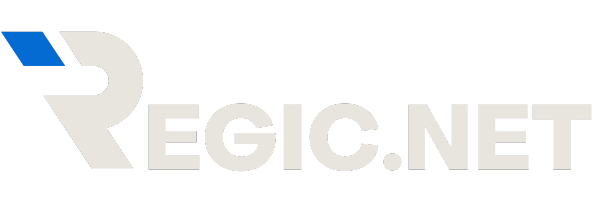In today’s competitive job market, submitting a visually appealing CV simply isn’t enough. Most companies now use Applicant Tracking Systems (ATS)—software designed to scan, filter, and rank job applications before a human ever sees them. If your CV isn’t optimized for ATS, it might get rejected automatically, regardless of your qualifications. For job seekers aiming to secure interviews in Ireland, particularly in highly competitive cities like Dublin, using a professional cv writing service Dublin can significantly increase your chances of passing this digital screening process.
Whether you’re applying for a graduate role, a senior position, or switching careers, understanding how to create an ATS-friendly CV is critical. Here’s everything you need to know to beat the bots and get your CV into human hands.
What is an ATS-Friendly CV?
An ATS-friendly CV is a resume specifically designed to be easily read and parsed by applicant tracking software. These systems are programmed to scan for keywords, job titles, skills, and other relevant data. If the system can’t read your CV due to formatting issues or missing keywords, your application could be filtered out before reaching a recruiter.
Key Elements of an ATS-Friendly CV
1. Use a Simple, Clean Format
Avoid complicated templates, tables, columns, graphics, or images. ATS systems often can’t interpret these elements correctly. Stick to a clean layout with:
-
Standard fonts like Arial, Calibri, or Times New Roman
-
Clear headings (e.g., Education, Work Experience, Skills)
-
Consistent formatting for dates and job titles
2. Include Job-Relevant Keywords
ATS software scans for keywords that match the job description. Tailor your CV for each job application by:
-
Carefully reading the job ad
-
Including specific terms and phrases from the listing
-
Matching your skills and qualifications to the job requirements
For example, if a job ad emphasizes “project management” and “data analysis,” make sure those terms are prominently featured in your CV (where relevant to your experience).
3. Optimize Section Headings
Use standard section titles like “Work Experience,” “Education,” “Skills,” and “Certifications.” ATS software is trained to recognize these headings—creative alternatives like “Where I’ve Worked” might be ignored or misread.
4. Avoid Graphics and Icons
Icons used to represent contact info, social links, or skills can confuse ATS software. Instead of using a phone icon, simply write “Phone:” followed by your number. Keep the content text-based to ensure readability.
5. Use Standard File Formats
Most ATS systems prefer .doc or .docx formats over PDFs. Unless the job posting specifically requests a PDF, stick to Word files to ensure proper scanning.
6. Highlight Achievements with Keywords
Rather than just listing duties, focus on achievements using measurable outcomes. Example:
-
“Reduced departmental expenses by 15% through workflow optimization.”
This not only includes a keyword (expenses, optimization) but also quantifies your impact.
Common Mistakes to Avoid
-
Using headers/footers: ATS software may not read content in headers or footers
-
Overusing acronyms: Spell out terms before using acronyms (e.g., “Search Engine Optimization (SEO)”)
-
Ignoring white space: Dense paragraphs are hard to scan—use bullet points and spacing
Why ATS-Friendly CVs Matter More Than Ever
With hundreds of applicants competing for a single position, recruiters rely on ATS to filter out unsuitable candidates quickly. Even highly qualified professionals can be overlooked simply because their CV wasn’t formatted for ATS compatibility. Investing the time to optimize your CV is no longer optional—it’s essential.
Conclusion
Creating an ATS-friendly CV isn’t about tricking the system; it’s about aligning your resume with modern recruitment technology and showcasing your skills in a clear, professional format. If you’re unsure where to start or want expert help tailoring your resume for specific roles, consider working with a professional cv writing service in Ireland. These services not only understand the mechanics of ATS optimization but also ensure that your CV presents your strengths in the best possible light—both to bots and human recruiters



